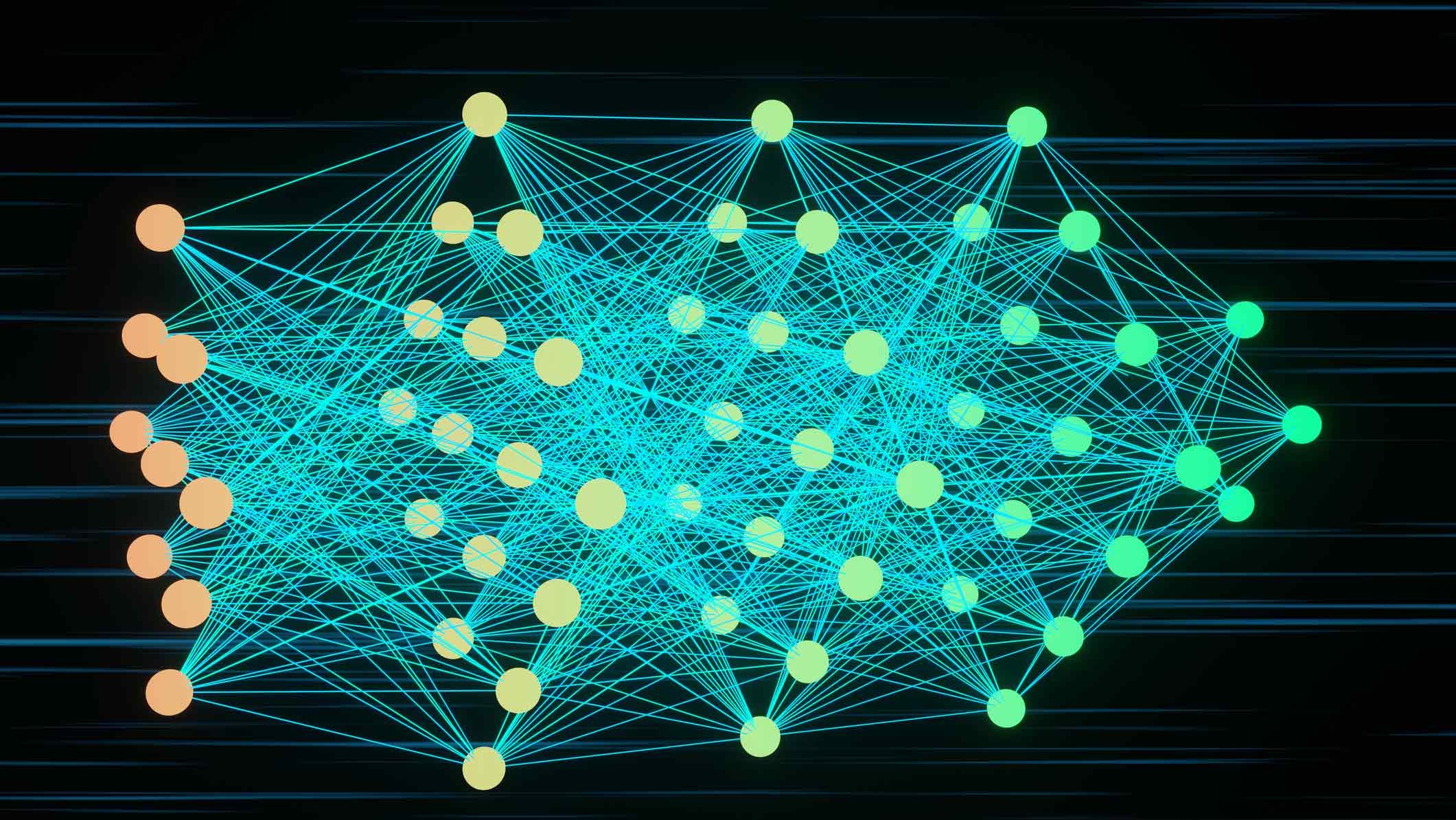Lecture and Demonstrations on a ‘Journey to the Heart of the Electromagnetic Spectrum' to Be Held at UCSB
Would you like to know how doctors might one day be able to see through bandages? To learn about this and many other technological breakthroughs, you should attend "A Journey to the Heart of the Electromagnetic Spectrum." The event is designed for anyone who is curious, regardless of technical background, and will be presented at UC Santa Barbara on Tuesday, March 10, from 8 to 9 p.m.
Mark Sherwin, a professor of physics at UCSB and director of the university's Institute for Quantum and Complex Dynamics (IQCD), will be the featured speaker. The presentation is free and open to the public and will be held in Broida Hall, room 1610. Parking will be available in lot 10. IQCD is providing free parking for the first 100 cars. Attendees should pick up their free permit from the attendants at the entrance to the lot.
Most people are familiar with the electromagnetic spectrum, which includes visible light and radio waves. However, the center or "heart" of the spectrum ––called the terahertz gap –– remains a bit of a mystery. This gap is bounded by infrared wavelengths on one side and by microwaves on the other.
In terahertz frequencies, glass and water look black, while paper, cardboard, plastic and many fabrics are transparent. This terahertz gap lies at the heart of the electromagnetic spectrum at 1,000 times below the frequencies of the visible light in a rainbow and 1,000 times above the radio frequencies used by cell phones.
While electronics (radios, computers, radars, cell phones, microwave ovens) work below 0.1 terahertz, and optics (cameras, lasers, binoculars) work at visible and infrared frequencies above 10 terahertz, very little technological development has taken place over the range 0.1 and 10 terahertz.
This is because, despite the tremendous potential application of terahertz radiation in science and technology, neither optics nor electronics work well in this frequency.
UCSB hosts one of the leading research centers in the world for advancing of science and technology in the terahertz gap. Terahertz research at UCSB includes projects in materials science, electrical engineering, physics, mathematics, and chemistry and biochemistry.
This lecture will be the only public event associated with the International Workshop on Optical Terahertz Science and Technology 2009, to be held in Santa Barbara, at Fess Parker's Doubletree Resort, on March 7-11. The workshop, sponsored by UCSB, is expected to attract more than 200 scientists and engineers from around the world.
Related Links



